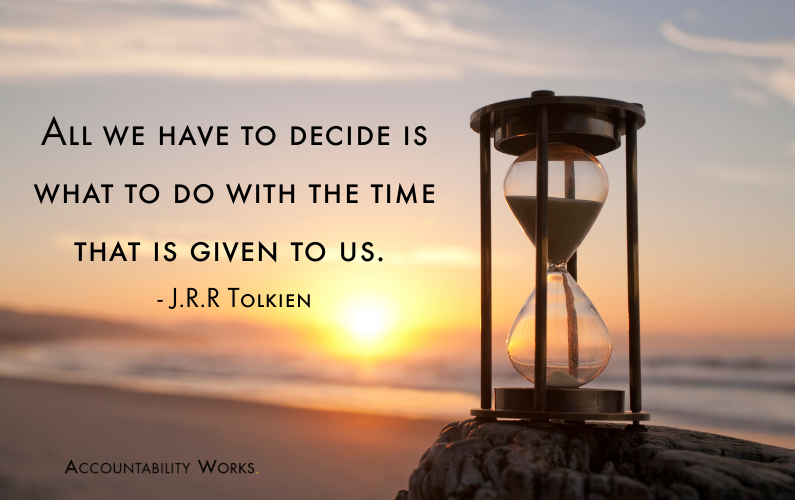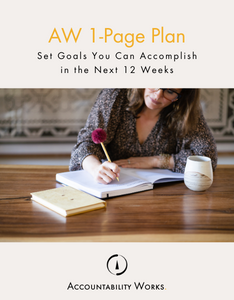Not sure about you, but January seemed like a bit of a 2020 hangover month. The only reason we weren’t completely behind over here is that we are learning to better navigate uncertainty, save time and limit distractions.
And it’s not just us, we’ve seen this across the board with our members. There is a recognition that on many levels we are tapped out. Therefore we need to be extra strategic with our resources, energy and most especially, how we are spending our time. For many of us, we have less productive time in our day and we need more rest. Or time away from screens or in nature than we did before. Our challenge has been, how do we increase our effective use of time while limiting distractions?
4 tools we are using in 2021
Setting Yourself Up to Save Time:
Asana to manage all our 2021 projects. We definitely had major resistance to parting ways with a few of our spreadsheets. In fact, it’s taken us over a year to fully embrace all the ways we can use Asana. As our business has grown, so has the complexity of the projects we are working on. It makes us think through each step in detail, put them in order with timelines, all while tracking communication and feedback. Since we’ve been diligent about entering our projects, we’ve freed up mental bandwidth. More importantly we know what to work on when, our priorities are clear, and we aren’t wasting time or energy playing catch up or on busy work that is not going to move the needle. When new things pop up, which they always do, they don’t completely derail our plans and our projects continue to move forward.
Trello is great for managing a to-do list. Our favorite feature is the timer which you can add with one of their free Power Ups. If you are thinking of hiring an assistant or someone to help with a particular aspect of your business, it’s a really nice thing to know how long certain tasks take you. The result is that we are more realistic with the amount of time something takes. For example, that task you were giving yourself an hour to do, really does take four hours. This allows for better planning, less stress, and ultimately more strategic use of resources. Also, when you know you have a timer running, you tend not to absentmindedly check email or start online shopping.
Limit Distractions:
Downtime is a feature on iPhones under General Settings-> Screen Time that allows you to turn off the screen. So for instance, you can tell your phone you want downtime from 10pm to 8am. However, you can also allow certain apps to run during that time and calls will still come through. For example, if you don’t want to get distracted by email or read news first thing in the morning but you do want to use your phone as your alarm clock or access a meditation app like Insight Timer you can set it up to allow you to use the apps you want even when your phone is in Downtime.
App Limits is a game changer when it comes to limiting distractions. Also, located under General Settings-> Screen Time, App Limits allows you to set limits on the amount of time per day you want to allow on certain apps. Candy Crush crushing productivity? You can limit it to 15 minutes per day. Does night time Instagram scrolling mean you haven’t read a book yet this year? You can set the limit there too. You will get a 5-minute warning before the app times out, which usually is enough of a jolt to make you realize you just spend 10 minutes doing something you would have sworn you opened 2 minutes ago.
Limiting distractions is low hanging fruit. Setting up downtime and app limits takes a couple of minutes and you will see an immediate benefit. Investing in productivity tools is just that – an investment. There is technology to learn and that can make the barrier to entry higher. However, overall we see the payoff of increased focus and effective use of our work time as extremely worthwhile.
We would love to hear your tips and tools on what you are doing to save time and limit distractions in the comments!



